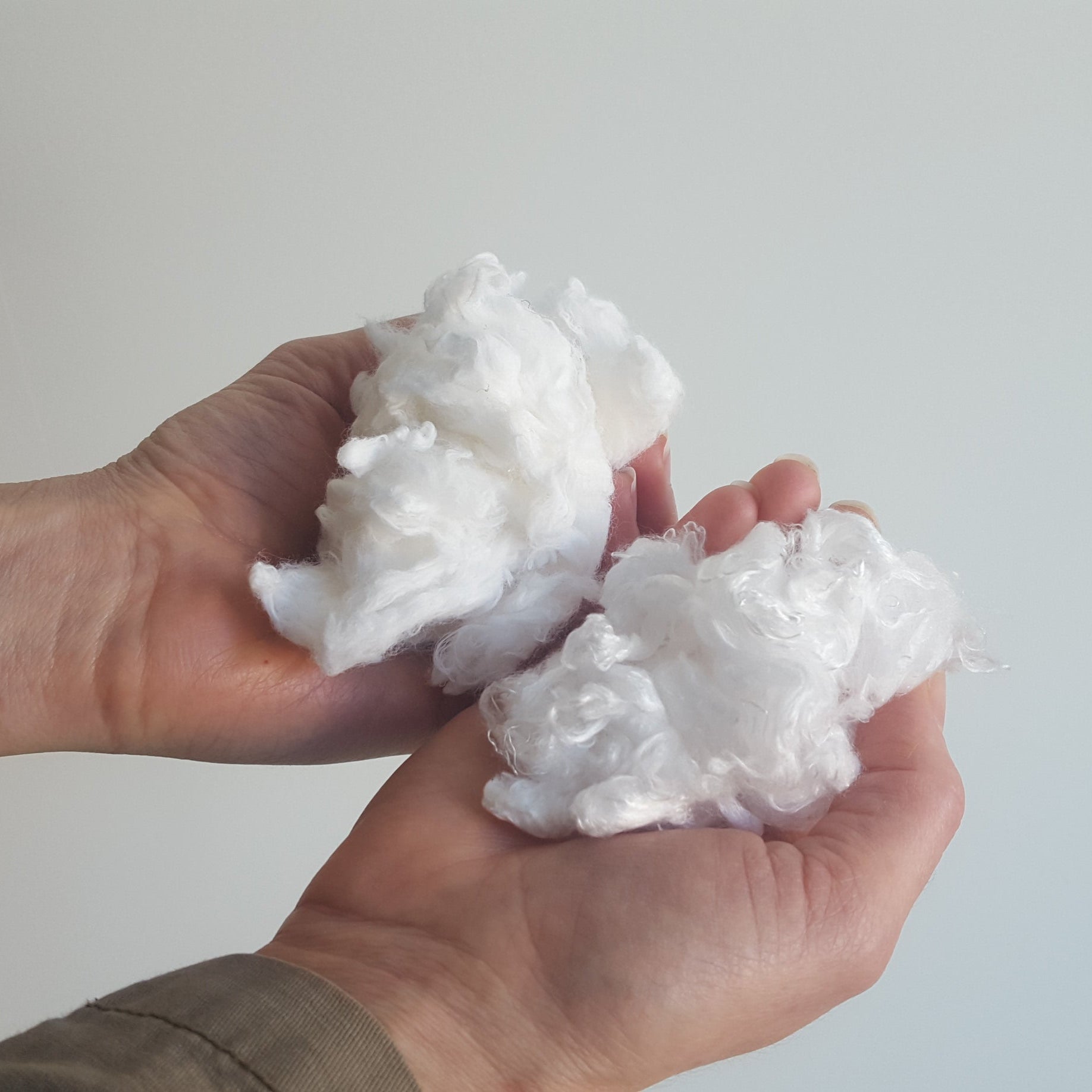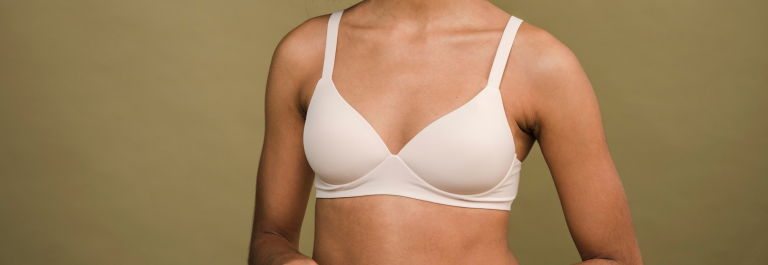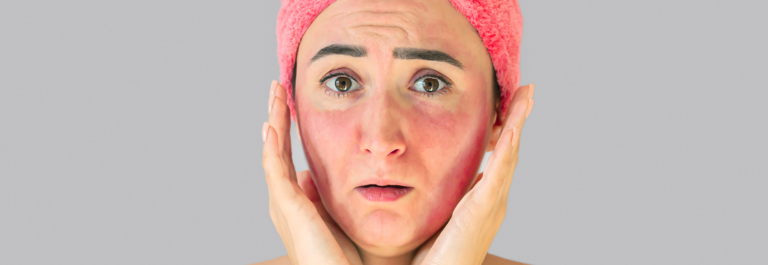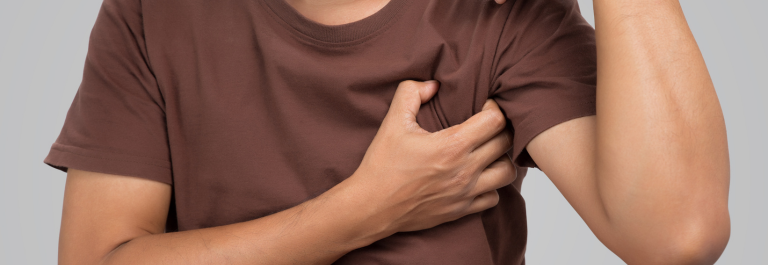Diabetes has the potential to impact every facet of the body - and the skin is no exception. One lesser-known complication that affects the skin is the development of rashes under the breasts.
While some of these skin problems may raise concerns, others might be more cosmetic in nature, signifying harmless conditions. Nevertheless, it is advisable to stay vigilant for any skin alterations and speak with your doctor regarding any changes and concerns. As always, taking a proactive approach is key, as most skin conditions can be prevented or effectively treated when detected early on.
This article explores the connection between diabetes and skin complications, including:
-
Causes for a rash under the breast in individuals with diabetes
-
Effective management strategies and good skin care habits
-
Other skin problems associated with diabetic skin
Diabetes-Related Skin Problems
People with diabetes often experience a range of skin problems and skin conditions due to fluctuations in blood sugar levels, compromised circulation, and impaired immune function. Among these complications, rash under the breasts is a common issue that can be attributed to various factors, such as fungal and bacterial infections, dry skin, and poor circulation. Here are some of the top diabetes-related skin conditions and issues:
Fungal infection
Candida albicans is frequently the culprit behind fungal infections in people with diabetes. This fungus, resembling yeast, has the potential to trigger itchy rashes characterized by moist, red regions surrounded by tiny blisters and scales. These infections tend to manifest in warm, moist folds of the skin. Problematic areas commonly include regions beneath the breasts, around the nails, between fingers and toes, corners of the mouth, beneath the foreskin in uncircumcised men, as well as in the armpits and groin.
Specifically, the warm and moist environment under the breasts creates an ideal breeding ground for fungal infections.
Bacterial Infection
Individuals with diabetes are susceptible to various bacterial infections, including:
-
styes (infections of the eyelid glands)
-
boils
-
folliculitis (infections of hair follicles)
-
carbuncles (deep infections of the skin and underlying tissue)
-
infections around the nails.
Inflamed tissues typically exhibit symptoms such as heat, swelling, redness, and pain. These infections can be caused by various organisms, with Staphylococcus bacteria, commonly known as staph, being the most prevalent.
Itchy Skin
One of the primary reasons for rash development under the breasts in people with diabetes is the propensity for itchy skin. Persistent itching may lead to scratching, causing breaks in the skin, which becomes a breeding ground for fungal infections, particularly candida albicans.
Dry Skin
People with diabetes tend to have dry and waxy skin due to reduced moisture retention. This dryness makes the skin more susceptible to bacterial infections, especially if persistent scratching causes the skin to crack or bleed.
Poor Circulation
The impact of diabetes on blood vessels is a critical factor in developing skin conditions. For example, diabetes affects small and large blood vessels, leading to poor circulation. This compromised blood flow hinders the body's ability to heal wounds, making individuals with diabetes more prone to skin problems, including rash under breasts.
Skin Care for People with Diabetes
In addition to regularly monitoring blood sugar levels, staying adequately hydrated, and eating a healthy diet, proactive skin care is essential for individuals with diabetes to maintain healthy skin. Here are some ways to soothe your diabetic skin or manage a diabetes-related skin condition:
Stay Moisturized
Our Organic Manuka Skin Soothing Cream is an entirely natural, oil-based balm crafted with six ingredients: organic olive oil, organic beeswax, filtered water, grape seed oil, organic active 16+ New Zealand manuka honey, and manuka oil extract. With no sticky residue, it's perfect for keeping dry skin hydrated without burning or stinging.
Avoid Hot Baths
While a hot bath or shower might sound tempting, the heat can actually worsen dry skin by stripping away natural oils. This can lead to further dehydration - and itchiness! Lukewarm water is a better choice, helping to preserve skin moisture and prevent irritation.
Wear a Comfortable Bra
When dealing with a rash under your breast due to diabetes, opt for a breathable bra like this hypoallergenic Remedywear™ bra. Crafted with TENCEL and anti-inflammatory zinc, it provides breathable support and comfort all day long.
Use a Mild Soap
Mild soaps are gentler on diabetic skin, reducing the risk of irritation and dryness. This is because regular soaps typically contain harsh chemicals which can further compromise the skin’s integrity. We recommend this Coconut and Sunflower Oil Soap bar because its blend of coconut oil, shea butter, and sunflower oil leaves the skin feeling soothed, soft, and supple without the risk of irritation.
Improve your Symptoms Today
Follow the above skin care tips to improve your rash under breasts and enjoy healthier skin today.










